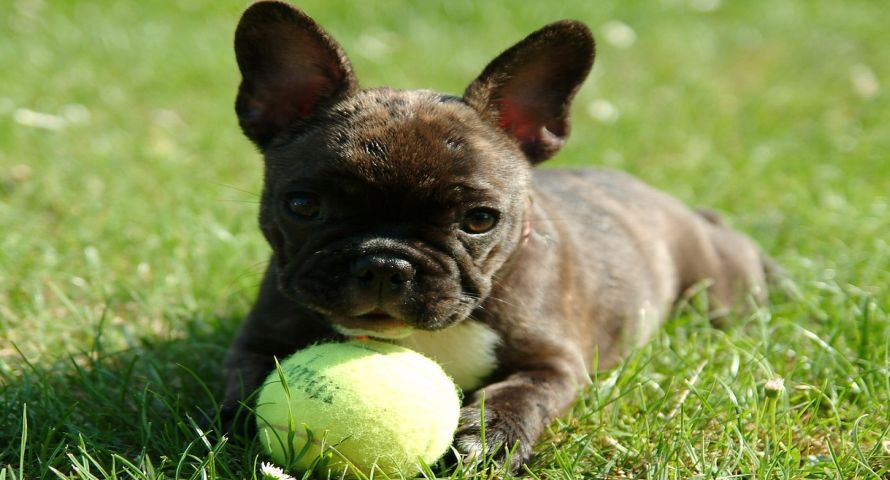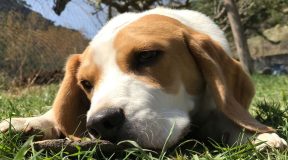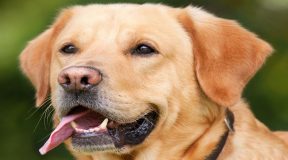At some point in their lives, most dogs resort to destructive behavior. Depending on the age of the dog, it could have been a sign of an underlying problem or it could be natural.
The important thing is that you want it to stop, the sooner the better, but how do you make it happen?
How do you curb destructive behavior?
In most cases, it’s relatively easy unless the dog has other psychological problems such as anger built up from an abusive situation or from being locked up for extended periods.
In those severe cases, you might need to seek the help of a dog behavior specialist who has experience in dealing with such problems.
Let’s Look at Puppy Destructive Behavior
Puppies are playful, inquisitive and love to experiment. This instinctive nature helps them to learn about life, how to attack (in case they need food or to protect their territory as an adult in the wild) and how to distinguish all the things in their surroundings.
In the process, they can get a little rambunctious and destroy furniture, rugs, shoes, clothing – and anything else that looks interesting.
Also, they will chew as part of their teething ritual, much like babies like to put things in their mouths.
Just remember that dog destructive behavior is not personally directed at you. Either the dog is growing teeth, learning, playing or just plain bored. Fortunately, these are easy to remedy.
During the teething stage, make sure your puppy has suitable items to chew, and lots of them to distract his attention away from taboo items. When you are not able to keep your eye on him, put him somewhere away from the things you do not want him to chew. A kitchen is usually best because they don’t generally have much he can gnaw.
Spend time with your puppy to work off some of his excessive energy. Use any opportunity you have to play ball, hide and seek, hiding objects behind you while encouraging him to find them, chase him around the yard and any other activity you can think of.
Be sure he gets lots of exercise and a change of scenery. Take him for regular walks 2-3 times a day. It’s best to wait until he has received his vaccinations so that he is protected from any diseases that he is likely to encounter along the walk.
He doesn’t actually have to come nose to nose with another dog to pick up germs and transmittable diseases like rabies. He can get it from coming in contact with any liquid the infected animal left behind.
How to Curb Dog Destructive Behavior When Out
Obviously, you can’t be home every single day all day. Puppies tend to get into more trouble when left alone, especially when their owners have gone out. How do you train a puppy in your absence?
Leave him for short periods at a time, beginning with as little as a few minutes. Do not fuss him before you go as that will just excite him and can trigger separation anxiety – and chewing. When you return, if he has been good praise him.
If he’s been bad, ignore him for about 10 minutes and make sure he does not receive any attention. Once you pay attention to him, he will consider that to be good and even praise.
Over the coming weeks, go through this exercise and extend your absence a bit each time. Always praise him as soon as you return if he’s been good.
Be persistent and you can curb dog destructive behavior once and for all.






